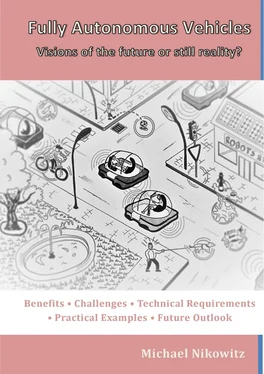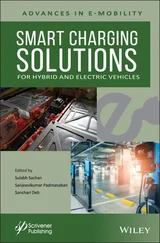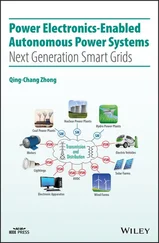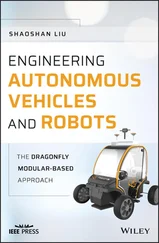Autonomous driving also enables more mobility for elderly and disabled people who otherwisemight not have been able to drive a car anymore. In the future, mobility providerslike “Car 2 Go”, “Zipcar”, etc. (just to mention a few of them) shall benefit from this technology - vehicles could come to customers, pick them up, drop them off and then return to their holding area.
Autonomous vehicles will not only have an impact on the passenger car industry and on freight transportation, it will also influence the agriculture sector. For example, like autonomous tractors could be used for “precision farming”.
Perhaps the most significant benefit from high levels of automation in vehicles will be improved safety, because autonomous vehicles have the potential to dramatically reduce crashes. Thus, car safety will strongly increasein terms of fewer traffic fatalities due the fact that right now nearly all accidents are caused by human error. Furthermore, autonomous vehicles would have a limited impact on hospital volumes and revenues.
Fig 11 highlights the magnitude of automobile crashes in the United States. There are over 30,000 fatal crashes every year in the U.S. Several studies have demonstrated that the annual economic costs of crashes in the U.S. amount to more than $300 billion (€330 billion) [16].
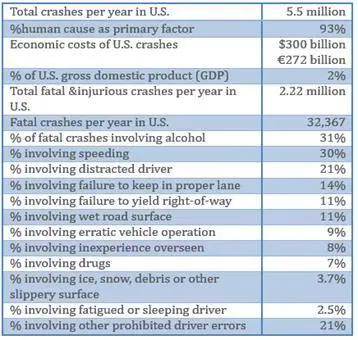
Fig 11: U.S. crash motor vehicle scope and selected human and environmental factor involvement [18] [19]
As a former National Highway Traffic Safety Administrationofficial noted, humans are surprisingly good at driving and cause far fewer accidents than we probably would expect [17].
Nevertheless, driver error is believed to be the main reason behind over 90% of all crashes. Over 40% of these fatal crashes involve alcohol, distraction, fatigue, drug involvement, etc. [18].
Volvo categorizes these driver mistakes under “the 4Ds”: distraction, drowsiness, drunkenness, and driver error [17].
Reducing crashes also has an economic benefit. A study, conducted by the U.S. Center for Transportation [19], assumes three autonomous vehicle market-penetration shares: 10%, 50% and 90% and their resulting impact on economy. These are assumed to represent not only market shares, but technological improvements over time, since it could take many years for the U.S. to see high penetration rates.
Fig 12 summarizes all of these estimated impacts, suggesting economic benefits reaching $201 billion (€225 billion) when autonomous vehicles are at a 90% market penetration rate.
Meaningful congestion benefits are estimated to accrue to all travelers early on, while the magnitude of crash benefits grows over time. For example, at the 10% market penetration level congestion savings represent 66% of benefits and crash savings represent 21% of benefits, whereas at the 90% penetration rate these figures are 33% and 58%, respectively,. When comprehensive crash costs are included, overall crash savings jump by more than a factor of three [18] [19].
Further, Fig 12 illuminates autonomous vehicles’ social benefits, but it is also important to anticipate the privately realized benefits of autonomous vehicles ownership and use. These benefits are taking into account monetary savings from reduced fuel use and insurance, along with several levels of daily parking savings and (hourly) travel time savings.

Fig 12: Estimates of annual economic benefits (U.S.) [18] [19] [1]
Clearly, not everyone will be happy with these changes in terms of safety such as steelmakers, who would see a fall in demand for their products, vehicle repair- and maintenance shops, who could lose business, but also the medical sector and pharmacy, who would also be influenced by the decreasing amount of accident victims. Aside from social benefits, autonomous vehicles need to generate a real economic returnfor both the consumers paying for the technology as well as the industry and the government that will invest billions of dollars in developing it (see Fig 13).
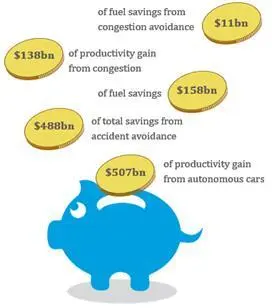
Fig 13: Illustration of the economic return trough autonomous vehicles in the U.S.
Researchers at Morgan Stanley believe that the U.S. economy can save about $1.3 trillion (€1.5 trillion) per year once autonomous cars become regularly adopted [15]. This represents around 8% of the U.S. gross domestic product
(compare Fig 13).
In conclusion, the promises of autonomous driving include the following:
• use of the ongoing electrificationof the drive train
• increase of efficiency
• reductions in fuel consumption(fossil)
• environmental friendliness
• platooning(fright transport)
• reductions in traffic congestion
• significant increases in highway capacity
• reducedneed for traffic policing
• higher speed limits
• increases in trip distancesand decreases in travel times
• increased driver comfortvia time savings
• more freedomand free timeof the driver
• increases in productivityof the passengers
• more mobilityfor elderly and disabled person
• support for the demand for mobility providers
• increases in car safety
• potential to reduce crashesand accidents
• real, positive economic return
Конец ознакомительного фрагмента.
Текст предоставлен ООО «ЛитРес».
Прочитайте эту книгу целиком, купив полную легальную версию на ЛитРес.
Безопасно оплатить книгу можно банковской картой Visa, MasterCard, Maestro, со счета мобильного телефона, с платежного терминала, в салоне МТС или Связной, через PayPal, WebMoney, Яндекс.Деньги, QIWI Кошелек, бонусными картами или другим удобным Вам способом.
